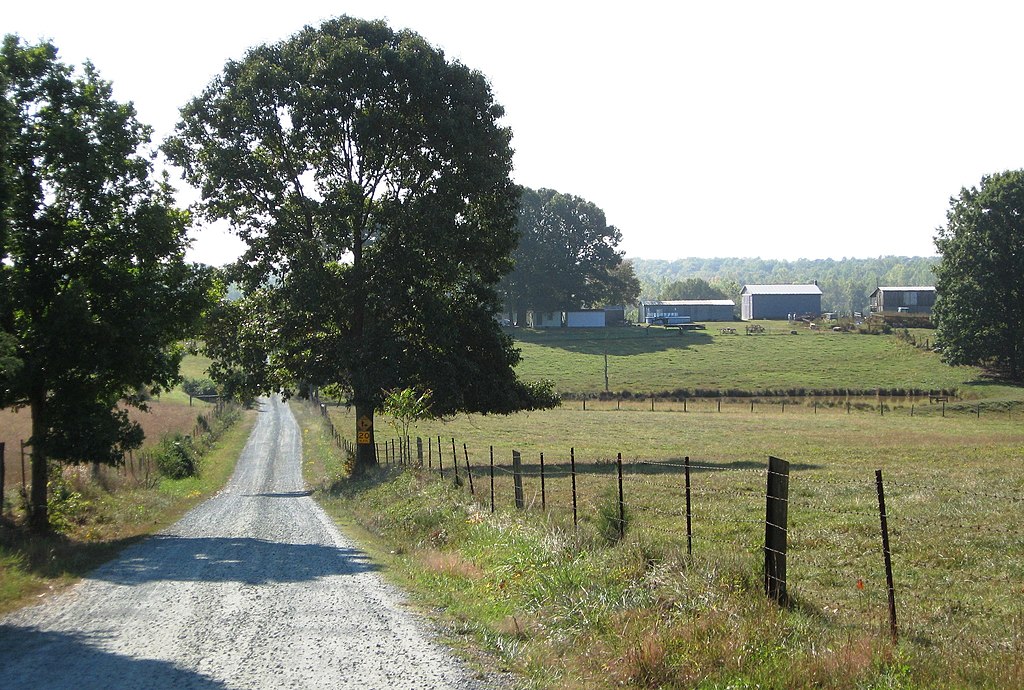Oil and Gas Boom Straining America’s Energy Infrastructure
By Brian Sewell
The United States is experiencing a natural gas boom largely due to advances in drilling and extraction technologies. And in recent years, some have celebrated the fuel as a bridge to a clean energy and carbon-free future. But according to a report by the Center for American Progress, the other side of the bridge must come before 2030.
The report claims that the use of natural gas, particularly in the electric-power sector, must peak in the next seven to 17 years for the U.S. to meet its climate goals. Additionally, to truly be a bridge fuel, the report argues that the expansion of natural gas should be used to create investments in clean energy development, energy efficiency and the resilience of communities threatened by climate-related extreme weather.
Adding to the challenges of effectively managing America’s natural gas boom is the strain it places on national energy infrastructure. According to Jason Bordoff, a former White House energy adviser, nearly one-third of the natural gas produced in North Dakota is simply flared off — an environmentally harmful and economically wasteful practice of burning off natural gas that cannot be collected because the pipeline system has not kept up with the boom in North American energy production.
Truck and rail are seen as alternatives for transporting crude oil when pipelines are operating at capacity or when a production area lacks pipeline infrastructure. The Energy Information Administration’s latest Refinery Capacity Report shows a 57 percent increase in oil received by refineries by rail, truck, and barge in 2012 over the previous year, increasingly the likelihood of spills and accidents. A decade ago there were less than a dozen accidents from railroad cars carrying crude oil each year; last year there were 88.
S.C. Energy Savings Pilot Program Releases Final Report
South Carolina’s electric cooperatives in July announced the results of their “Help My House” energy efficiency pilot program, which provided loans for energy efficiency upgrades to homes. Through the program, the member-owners of the cooperatives who participated were able to repay the loans through their monthly utility bills. According to the program’s results, participating homeowners reduced their energy usage by 34 percent in the year after the upgrades, saving each participant an average of $288 per home after loan repayments. Over the next 15 years, the Help My House program is expected to save more than $8,500 for the average participating home.
Related Articles
Latest News

Leave a comment
Your email address will not be published. Required fields are marked *





Leave a Comment